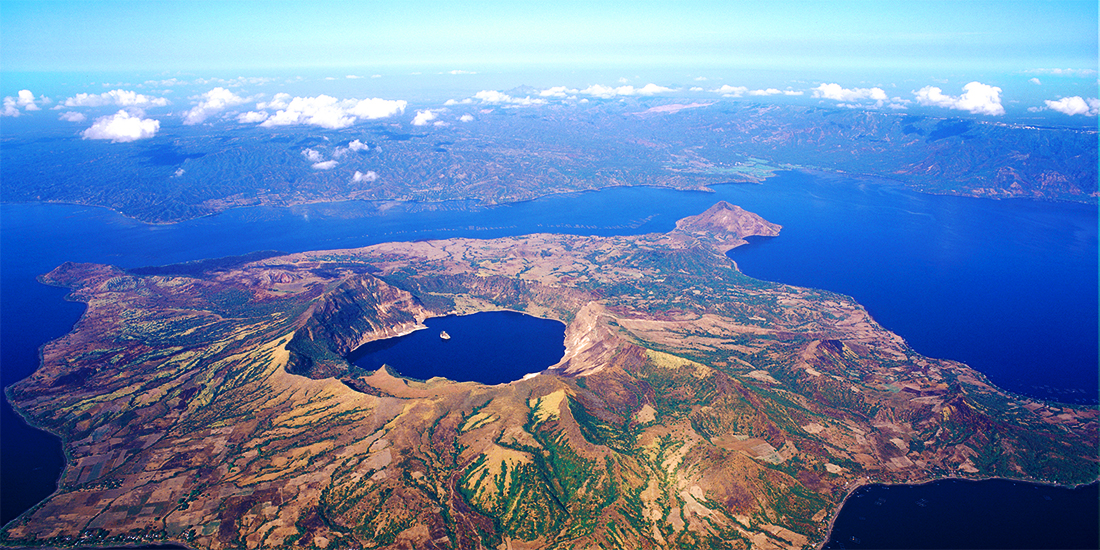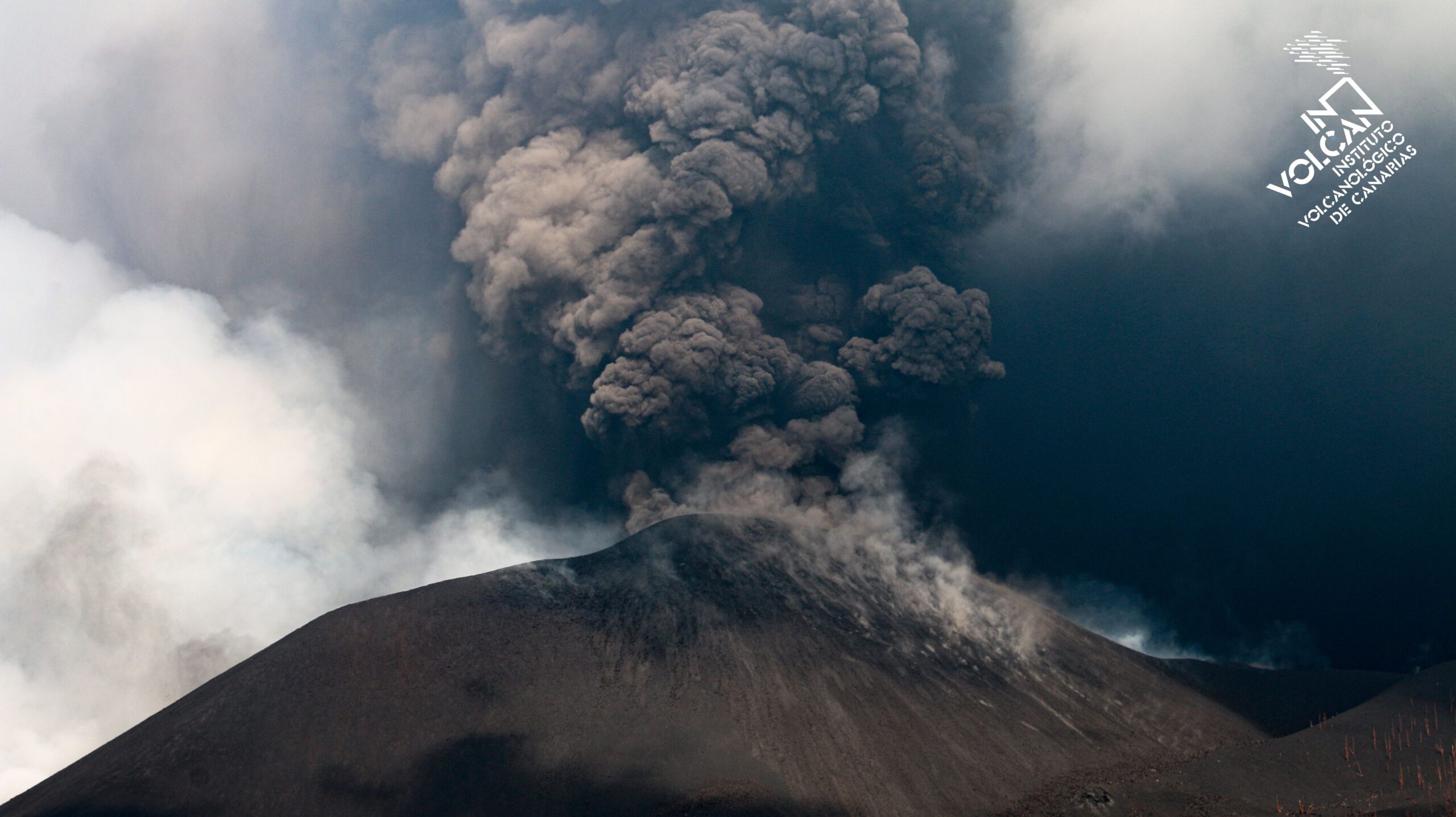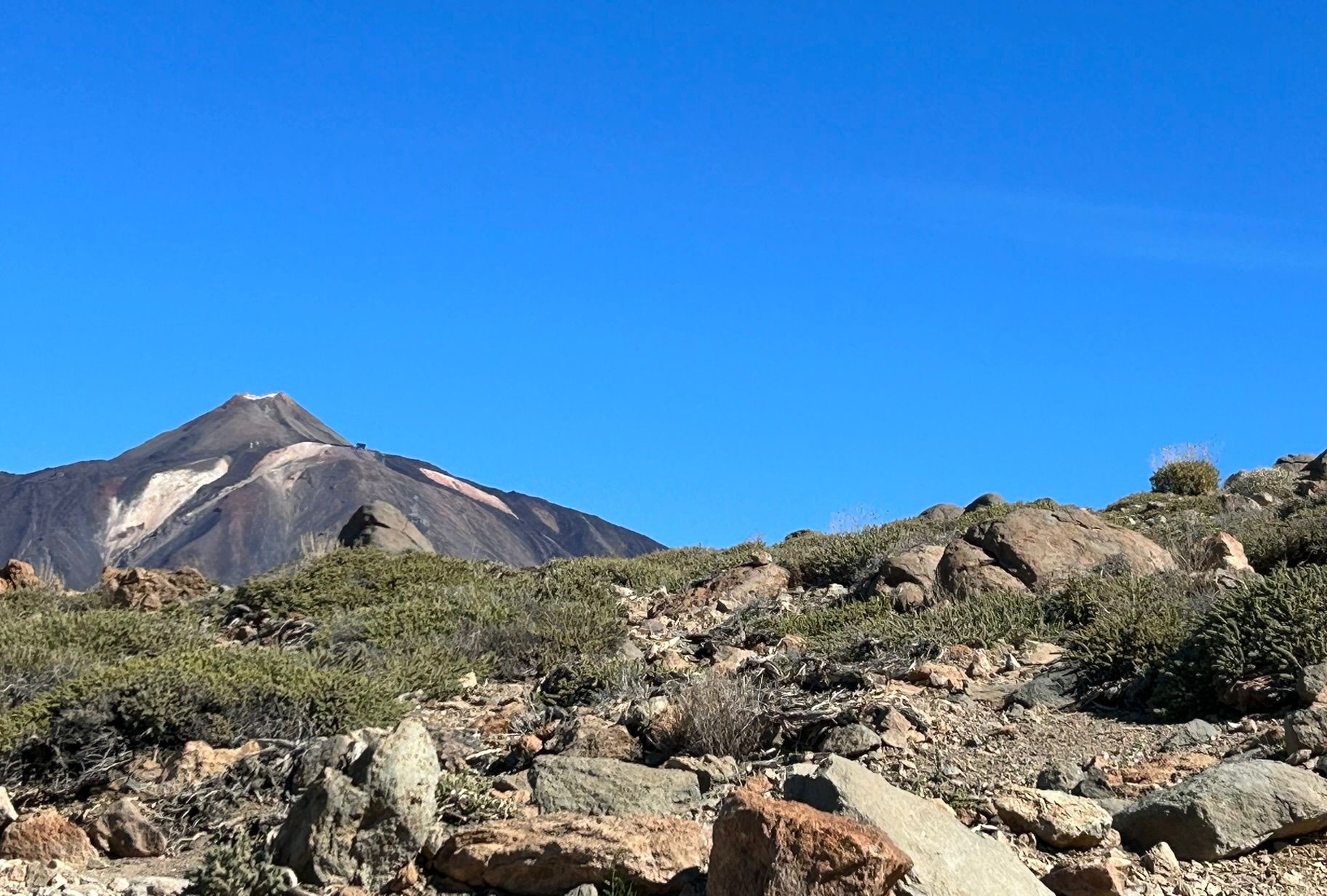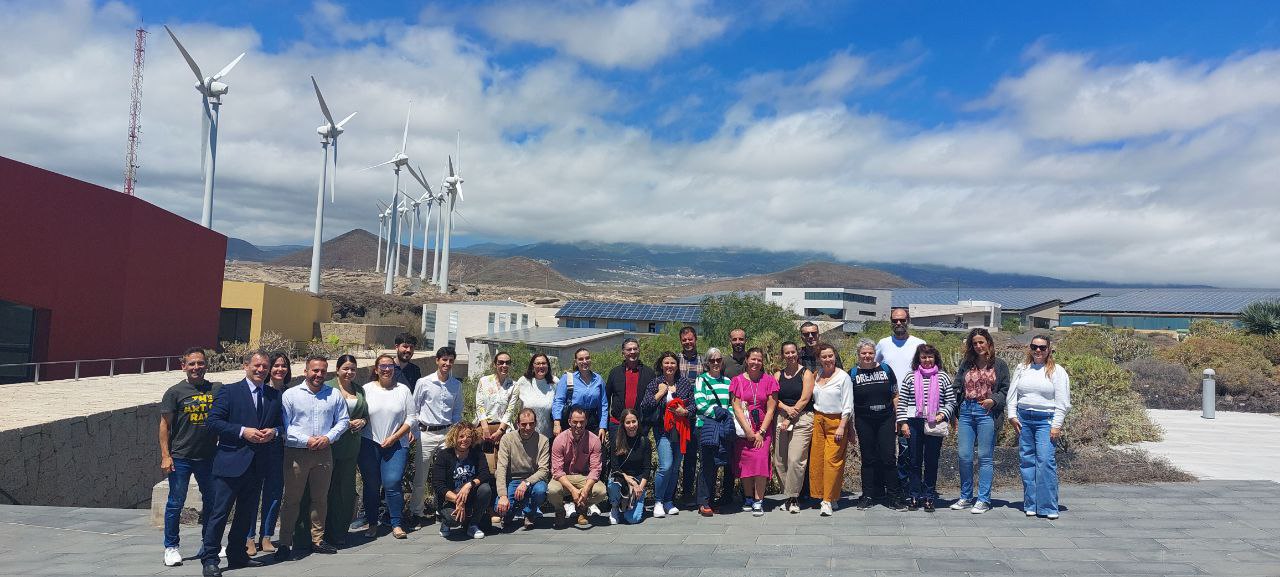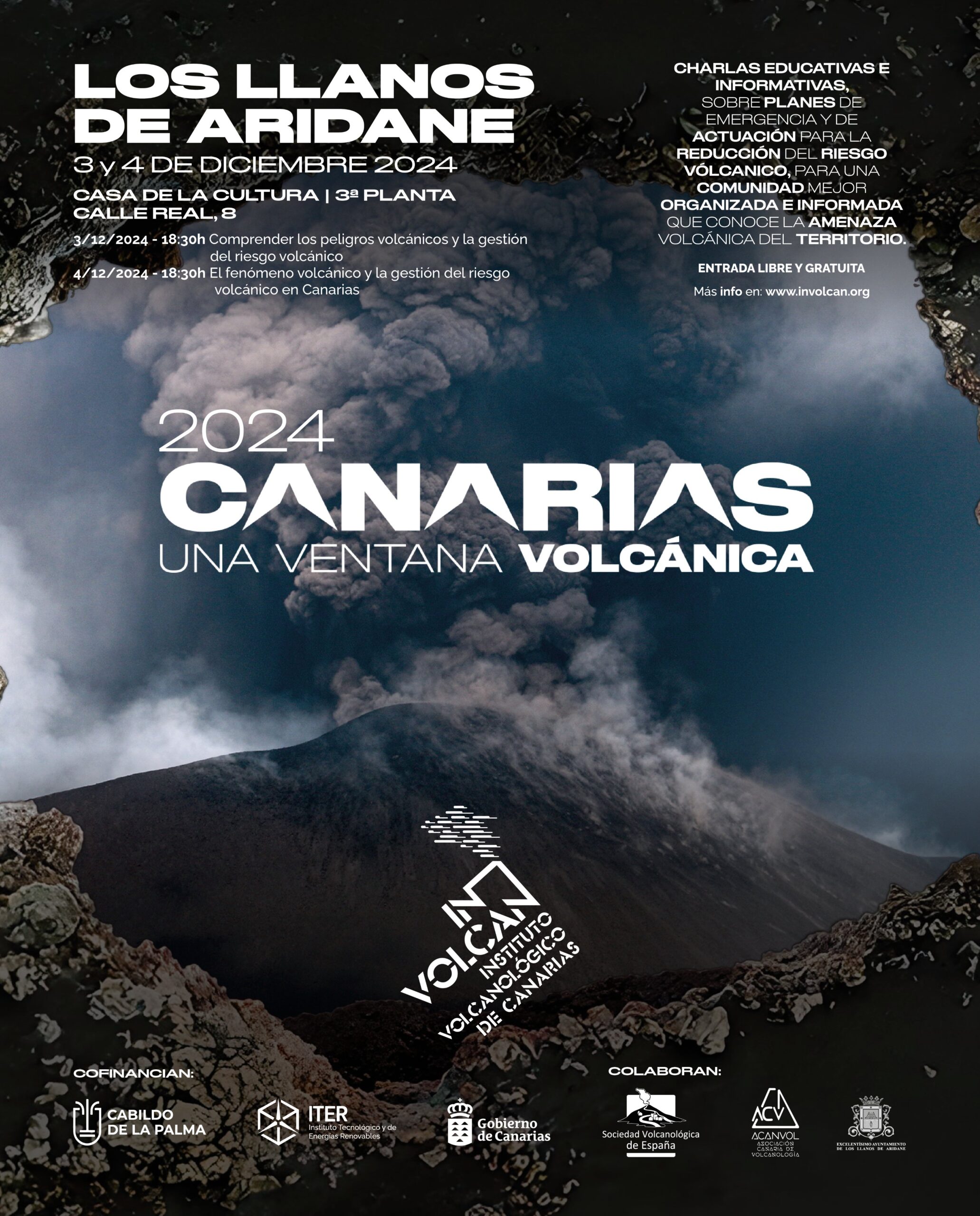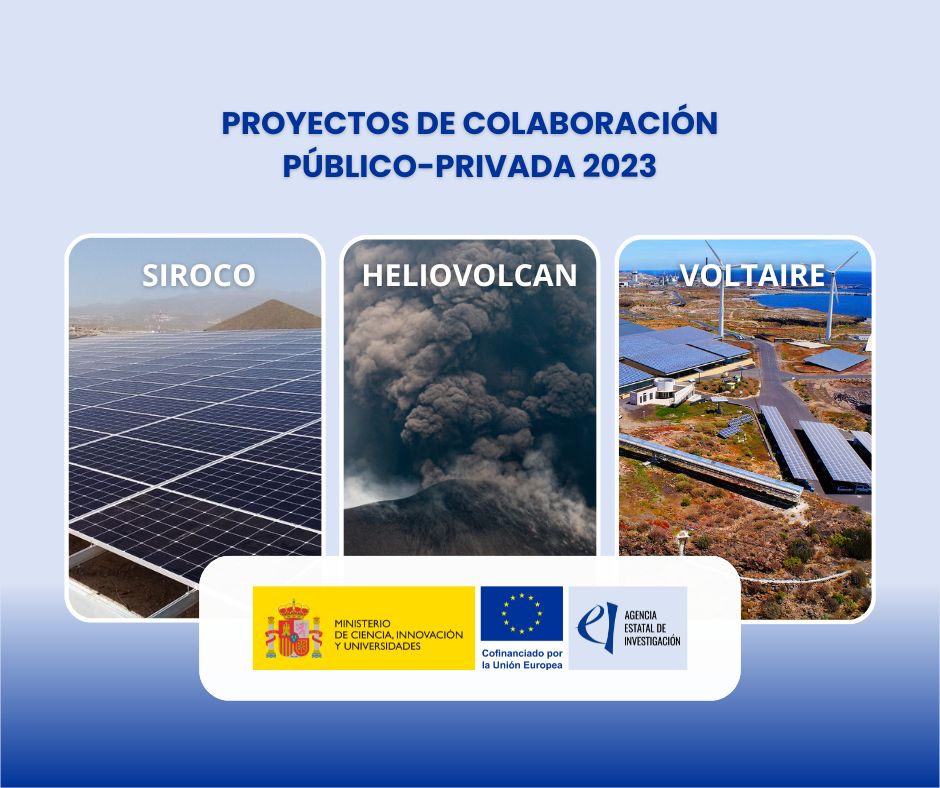STRENGTHENING THE VOLCANIC EARLY WARNING SYSTEM IN THE PHILIPPINES THROUGH INNOVATIVE GEOCHEMICAL METHODOLOGIES
Data
Financed budget: 149,920.00 €
Financing: Spanish Agency for International Development Cooperation, AECID (59,920.00 €) & ITER (90,000.00 €)
Reference: 2014/ACDE/004551
Acronym: geochemTAAL
Duration: 18 months
Principal Investigators: Dr. Pedro A. Hernández, PhD / Dr. Gladys Melián, PhD
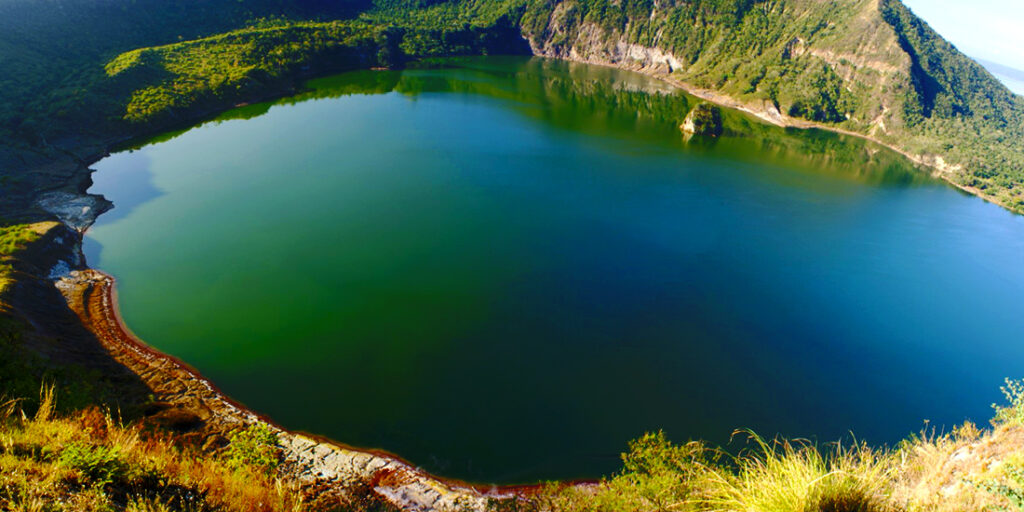
Overview of the project
The main objective of this scientific collaboration project between the Instituto Tecnológico y de Energías Renovables (ITER) and the National Institute of Geological Sciences of the University of the Philippines in Diliman is to contribute to improve and optimise the early warning system of the Taal volcano through the implementation of a geochemical programme that involves the continuous monitoring and measurement of the diffuse flux of CO2 and H2S. It is a project co-funded by the Spanish Agency for International Development Cooperation (AECID) and was born from a request made by the Philippine Institute of Volcanology and Seismology (PHIVOLCS) to AECID and ITER in 2011 as a result of the good results obtained by the geochemical monitoring programme on the diffuse emission of carbon dioxide (CO2) in the crater lake of Taal volcano, developed by the ITER-PHIVOLCS scientific team on a quarterly basis (non-continuous mode). This geochemical monitoring programme in non-continuous mode was very useful in raising the volcanic alert level at Taal in 2011 when a very significant increase in diffuse carbon dioxide (CO2) emission of approximately 500 to 4,700 tonnes per day was recorded in its crater lake (Arpa M. C. et al., 2013).
Taal volcano is located about 50 kilometres from Manila, the capital of the Philippines, and has erupted violently several times causing loss of life. Because of its proximity to populated areas and its eruptive history, Taal was designated by the United Nations and the International Association of Volcanology and Chemistry of the Earth’s Interior (IAVCEI) as one of the Volcanoes of the Decade in order to promote studies aimed at preventing future natural disasters related to volcanic phenomena.

References
Arpa M. C., Hernández P. A., Padrón E., Reniva P., Padilla G., Bariso E., Melián G., Barrancos J., Nolasco D., Calvo D., Pérez N. M. and Solidum, R. U. (2013). Geochemical evidence of magma intrusion inferred from diffuse CO2 emissions and fumarole plume chemistry: the 2010–2011 volcanic unrest at Taal Volcano, Philippines. Bulletin of Volcanology, 75(747), doi:10.1007/s00445-013-0747-9.
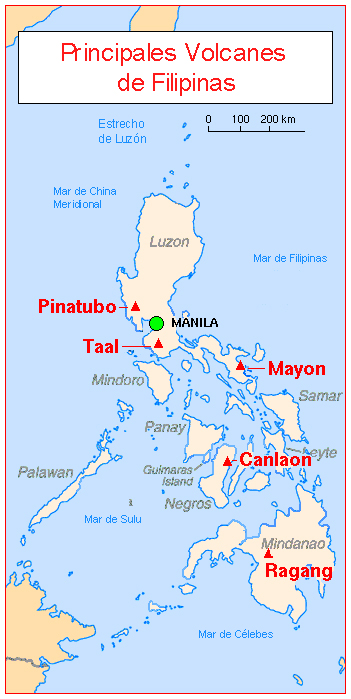
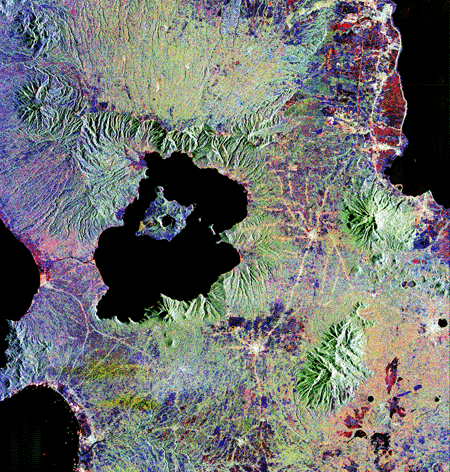
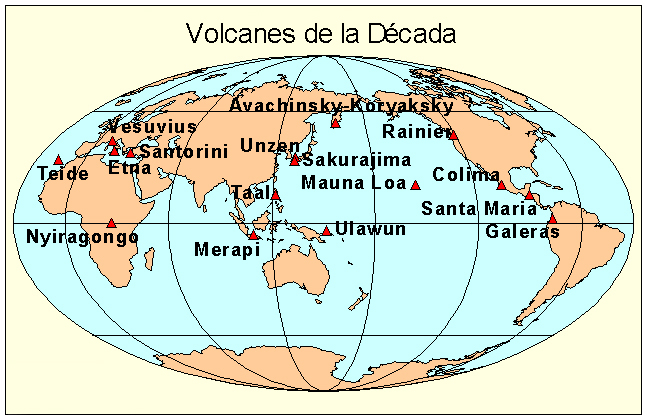
Links of interest:


